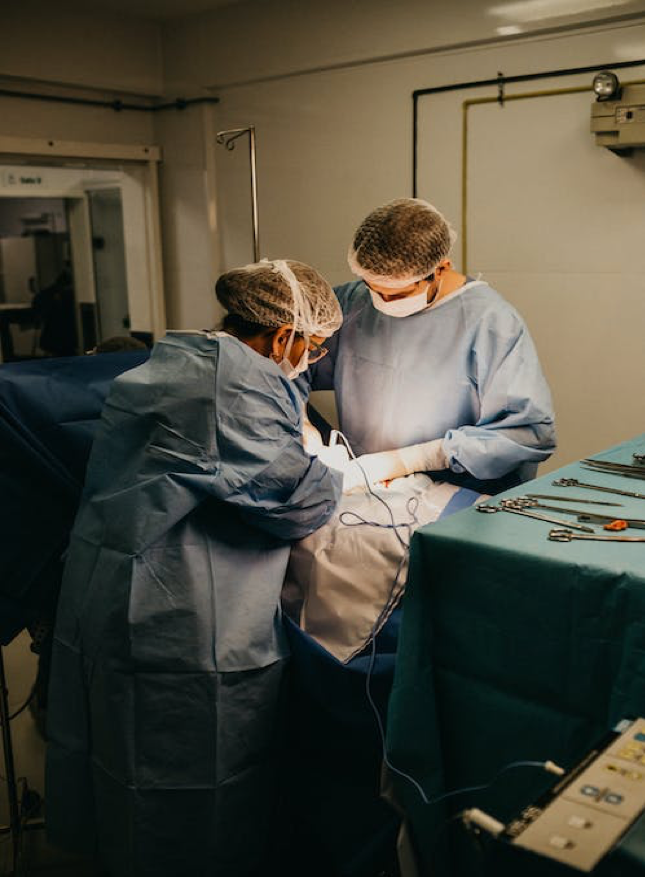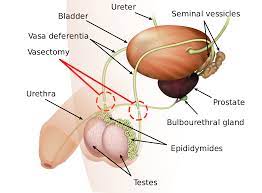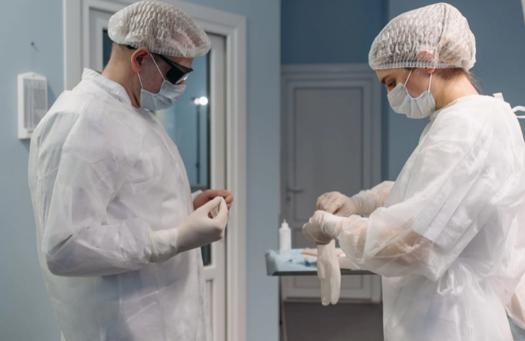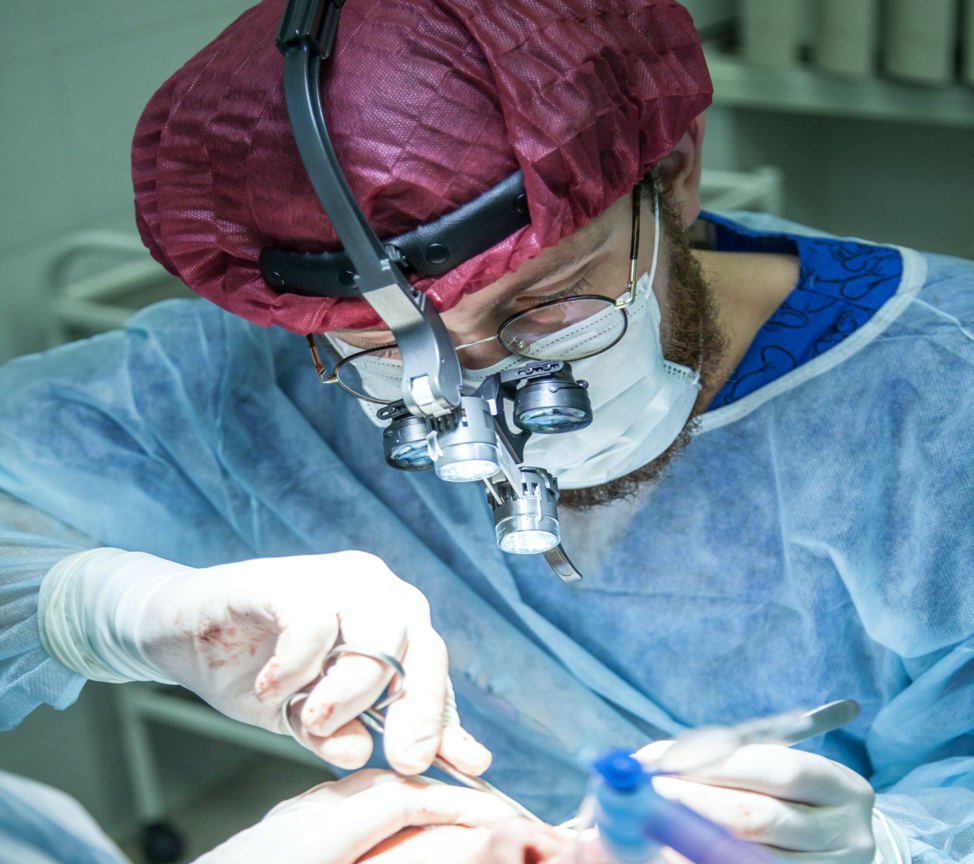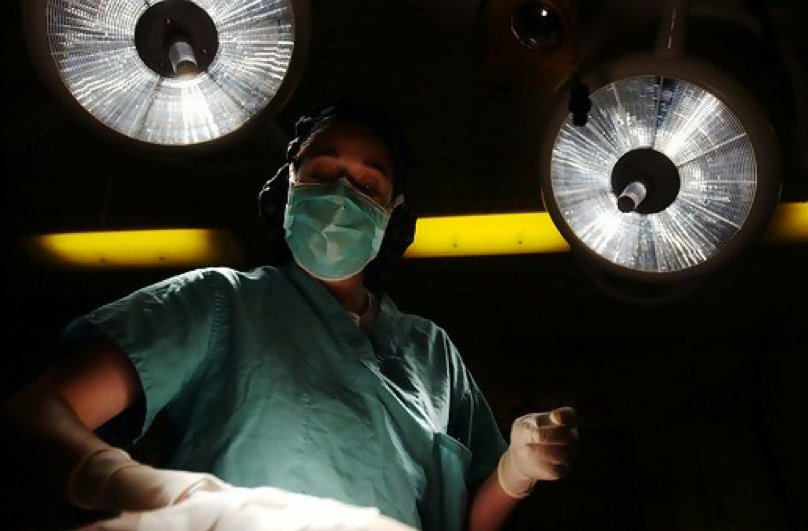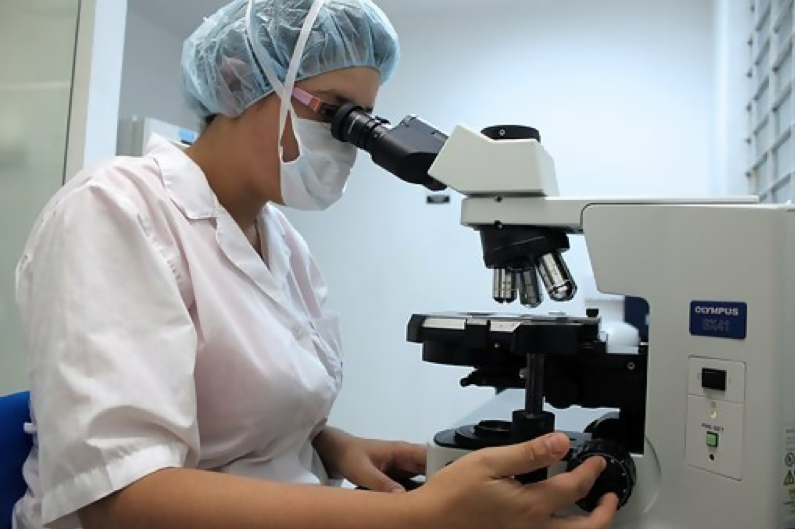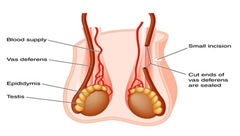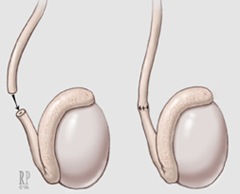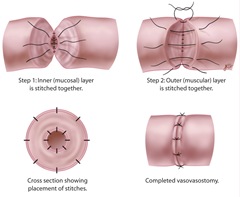What are some of the main reasons men get vasectomies? A vasectomy is an effective birth control method that ensures minimal risks of unwanted pregnancy despite unprotected sexual intercourse. It’s a form of birth control most couples opt for to make sure that they can go about their lives and enjoy sex without considering the prospect of raising children. While some couples wish to live care-free until they’re willing to have children, others assume that they’re not ready to care for younglings due to a lack of experience.

While those two are the major reasons men opt for vasectomies, we will discuss several other reasons below as well. Now and then, people wish to enjoy sex but don’t want to face the risk of an accidental pregnancy. So, they consider going for vasectomies. But is that the only reason for it? Let’s find out!
Top Reasons Why Men Get Vasectomies
Here, we will take a look at various reasons why men get vasectomies:
Low-Risk Medical Procedure
The medical procedure surgeons follow to perform a vasectomy is highly risk-free. There are extremely rare chances of surgeons messing up a procedure since it’s so straightforward. However, you must find a urologist with surgical skills to operate effectively with fine medical equipment and surgical tools. The chances of bleeding or getting an infection are very low, so you don’t have to worry about any after-procedure health risks.
Most expert urologists carry out vasectomies under extremely well-defined environments. Generally, the procedure takes no more than 10-20 minutes, especially when you see an expert urological microsurgeon.
Better Recovery Time
Excellent recovery time is another reason most men consider opting for vasectomies. For instance, when men want to engage in sex with little to zero chances of getting their partner pregnant, they opt for contraception such as birth control pills and condoms. However, those require multiple investments, and the user has to keep buying them while checking for their expiration.
However, through a medical surgery that completely ties of the vas deferens, the chances of getting the partner pregnant are extremely low. Plus, with all those benefits, the procedure isn’t hard on the health. It’s easy to recover, and most patients do so within 7-10 days. This means that men can get back to exercising, working, and having sex without any risks of pregnancy.
Effective Birth Control Method
All you have to do is avoid heavy lifting or having sex to eliminate any possible pressure on your pelvic muscles, tissues, and nerves that could also break off the stitches to your vas deferens (tubes that carry sperm). Once you wait 7-10 days after the procedure, you can start having sex again and carry on with heavy lifting.

The plus side to that is the procedure is extremely effective in restricting the flow of semen and sperm out of the penis. It’s an effective birth control measure that reduces the chances of getting pregnant after sexual intercourse down to 1%. To put things into perspective, condoms have a lower efficacy rate than that and require the user to put them on carefully every time!
Less Burden on Partner
You will be helping out your partner/spouse who’s taking birth control pills to prevent pregnancies by getting a vasectomy. And that’s the thought that most responsible men have when they’re planning to get a vasectomy. When you’re not ready to have children but wish to indulge in sexual activities with your partner/spouse, you may have to go for contraception methods like condoms.
But, when your female partner opts for birth control pills, they can experience several hormonal changes as well as other side effects. Men can help out their partners/ spouses by getting a vasectomy.
No Sexual Health Issues or Risks
For your information, a vasectomy procedure doesn’t involve operating or adjusting any part or region of the penis. There are no damages to the penis during a vasectomy procedure. Furthermore, once you get a vasectomy, the chances of experiencing any side effects are critically low. In simple words, getting a vasectomy doesn’t have anything to do with sexual or erectile dysfunction. Also, it doesn’t interfere with hormone production, e.g., testosterone.
Also, once the procedure is complete, the testicles continue producing sperm and semen fluid inside the body. However, the only difference is that due to the veins being tied off, the sperms won’t find a way out. Hence, extremely low chances of getting pregnant.
Reasons Men Get Vasectomies: Conclusion
Whatever the reason you’re getting the vasectomy, Dr. Yaniv Larish can help you go through the procedure comfortably. He is among the top urologists and surgeons providing vasectomy and reversal procedures in NYC. Operating through our fully-equipped and modern offices, Dr. Larish provides impeccable care to patients.
Giving a considerable amount of time out of his schedule to his patients, Dr. Larish keeps all patients on effective treatment courses. Overall mental and physical health improvement is the goal at Vasectomy Reversal NYC. So, call us today and schedule an appointment for a consultation.
Call Today:
Dr. Yaniv Larish
4 East 76th Street
New York, NY 10021
646-862-5500



